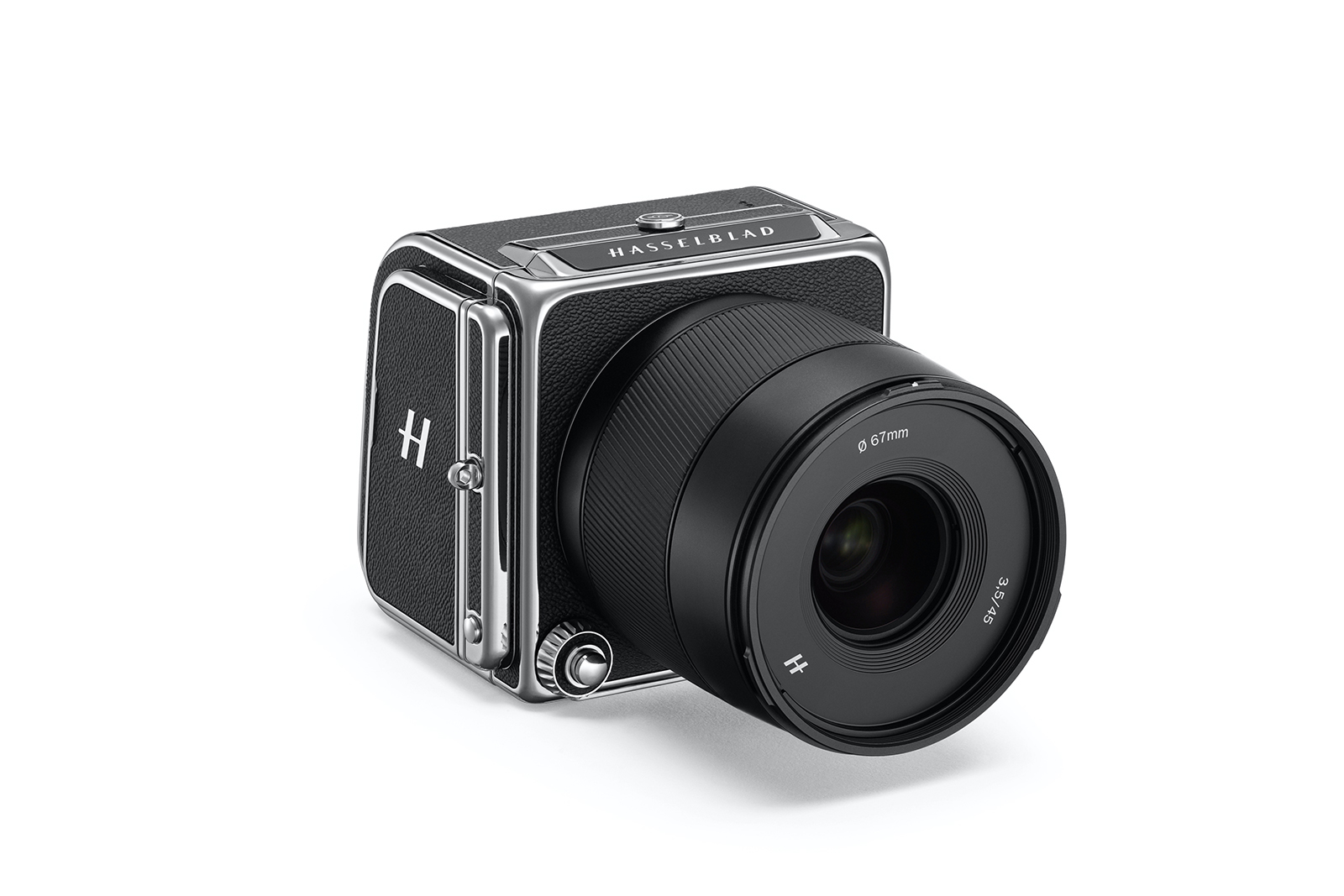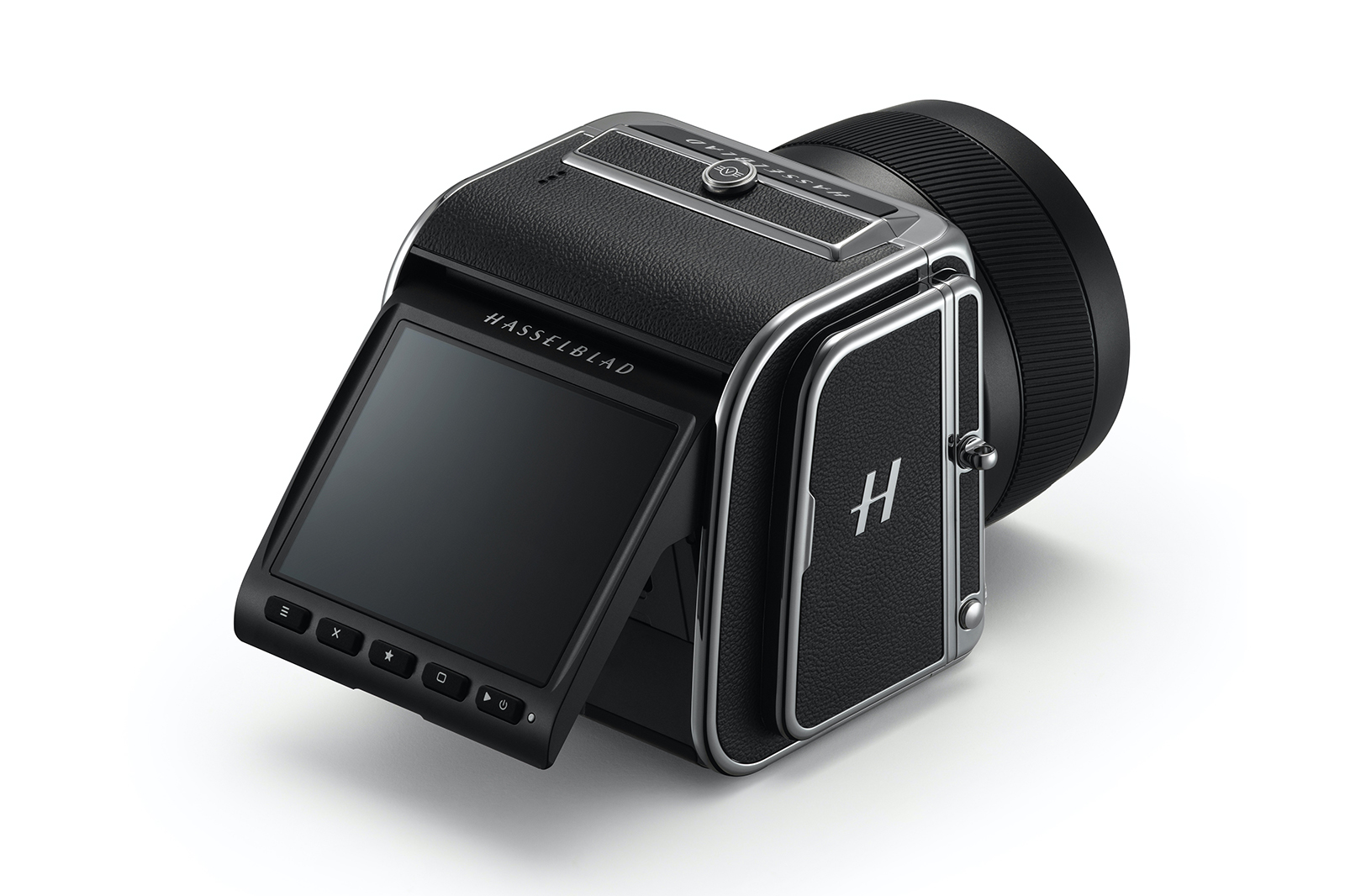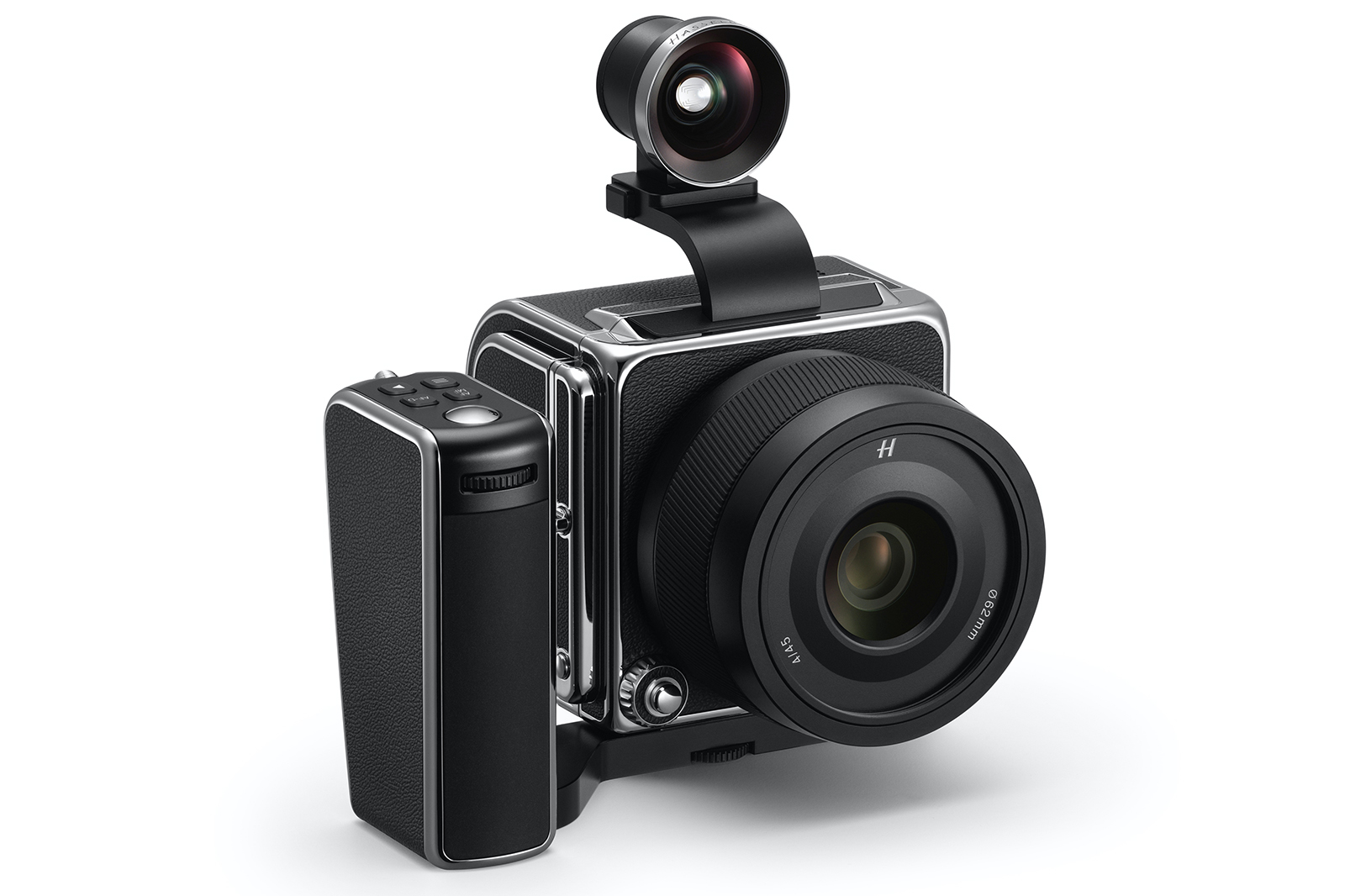Hasselblad’s latest camera mixes the old and the new for what the company is calling a “truly distinct” shooting experience. Previously teased last summer as a concept camera, the Hasselblad 907X 50C is a 50-megapixel medium format camera that looks — and even sort of shoots — like a classic Hasselblad.
The 907X 50C, a modular system that’s comprised of a CFV II 50C digital back and the new 907X body, is Hasselblad’s smallest medium format camera yet, but there were a few sacrifices to get there. The 907X body is a boxy one without a grip or viewfinder, channeling cameras like the one that photographed the moon landing. Both a grip and a viewfinder can be added onto the body, but the tilting 3.2-inch, 2.4 million dot LCD screen also allows the camera to be shot similar to a camera that has a waist-level viewfinder without those add-ons.

The 50-megapixel digital back can capture medium format images with 14 stops of dynamic range in JPEG or 16-bit RAW (performance we’ve become familiar with in this widely used sensor). Video is 2.7k or 1080p HD at 60 fps using the width of the sensor for a 16:9 video.
Weighing a little more than a pound and a half, the 907X 50C takes on a classic look with a black leatherette wrap body and chrome trim, aesthetics that mix with the shape of early Hasselblad V system film cameras. The digital back also moves to the built-in battery design used in the modern X system, which allows for a smaller body as well as USB charging. Despite the smaller size, the camera still accommodates dual UHS-II SD card slots, ports for audio and flash, and built-in Wi-Fi and USB-C.
The mix of old and new, however, also extends to lenses. Compatible with the company’s latest X series lenses, the camera can also use vintage V system lenses, produced since 1957, with an adapter, as well as HC and HCD lenses, and XPan lenses.
The 907X 50C, with both the camera body and digital back together, retails for $6,399. Adding on the control grip will cost another $729, and the optical viewfinder another $499. Pre-orders are open today, with shipping expected at the end of the month.






